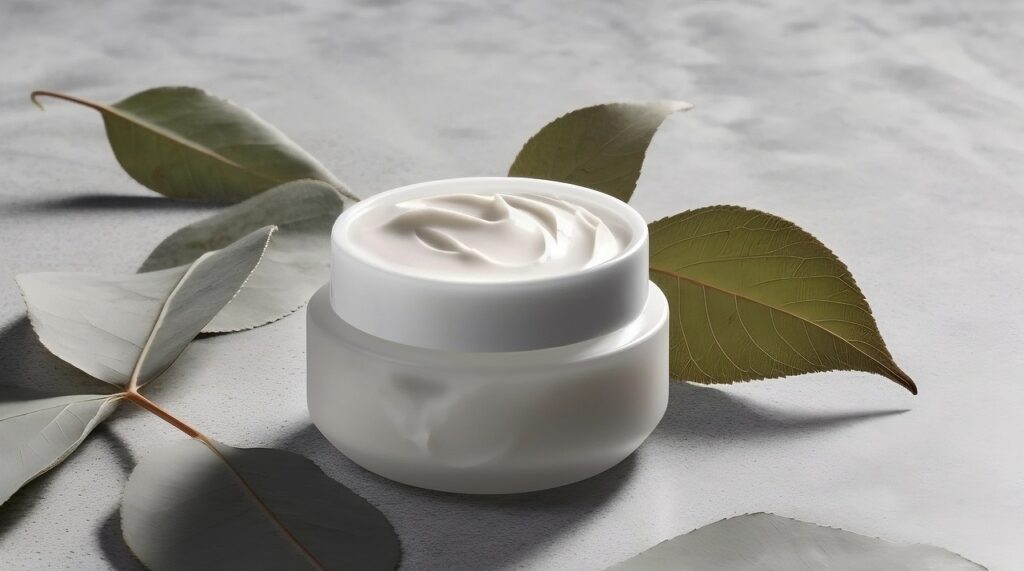Topical anaesthetics play a crucial role in dermatology by providing local anaesthesia to the skin surface before various procedures, such as injections, minor surgical interventions, or laser treatments. These anaesthetics work by blocking nerve signals in the skin, numbing the area and alleviating pain during dermatological procedures. Among the commonly used topical anaesthetics are lidocaine, prilocaine, tetracaine, and benzocaine. Each of these agents has unique characteristics, mechanisms of action, and applications in dermatology.
Topical Anaesthetics are commonly compounded in the following strengths:
- Benzocaine 20% Lidocaine 6% Tetracaine 4% Ointment
- Lidocaine 3%, Prilocaine 3%, Tetrcaine 4% Ointment
- Lidocaine 6%, Prilocaine 2%, Tetracaine 2% Cream
- Lidocaine 23% Tetracaine 7% Ointment
- Lidocaine 23%, Tetracaine 7% Cream
Topical Dental strengths include:
- Lidocaine 10%, Prilocaine 10%, Tetracaine 4%, Phenylephrine 2% Strawberry flavour Dental Ointment
- Lidocaine 10%, Prilocaine 10%, Tetracaine 4%, Phenylephrine 2% Strawberry Flavour Dental Gel
Topical Scalp Gel strengths include:
- Lidocaine 10%, Prilocaine 10%, Tetracaine 4% gel
Anaesthetic Mechanism of Action Applications in Dermatology Formulations and Strengths Topical Transdermal Toxicity Range (mg/kg) Lidocaine Inhibits the influx of sodium ions through voltage-gated sodium channels in nerve cell membranes, preventing nerve impulses. – Minor dermatological procedures (e.g., skin biopsies, mole removals, wart treatments) <br> – Laser hair removal (creams/gels reduce pain) – Creams and gels <br> – Common strengths: 2% to 5% (higher concentrations for more invasive procedures) 5 mg/kg (systemically) for adults; lower for children Prilocaine Blocks sodium channels, inhibiting nerve impulse generation and conduction. – Used in combination with lidocaine for minor dermatological procedures to provide effective anaesthesia. – Combination products with lidocaine <br> – Strengths vary based on specific combination 8 mg/kg (systemically) for adults; lower for children Tetracaine Blocks sodium channels, preventing initiation and propagation of nerve impulses. – Preferred for short-duration procedures due to rapid onset and short duration of action. – Topical gels and solutions <br> – Common strengths: 2% to 4% 2 mg/kg (systemically) for adults; lower for children Benzocaine Inhibits sodium channels, similar to other local anaesthetics. – Suitable for procedures requiring prolonged anaesthesia (e.g., removal of larger skin lesions). – Available in creams, gels, and sprays <br> – Strengths range from 5% to 20%, depending on formulation and intended use 20 mg/kg (systemically) for adults; lower for children
General Considerations
- Application Technique: Apply directly to the skin; occlusive dressing may enhance absorption.
- Duration of Action: Varies per agent: Tetracaine (short-acting), Benzocaine (longer-acting).
- Pre-procedural Timing: Applied before the procedure to allow time for absorption and anaesthesia onset.
- Adverse Effects: Generally safe; may cause local skin reactions (redness, irritation). Consider systemic absorption in larger surface areas or with occlusive dressings.
- Individual Patient Factors: Patient factors (skin type, sensitivity, procedure) influence choice of anaesthetic and concentration.
- Combination Therapy: Combination of different agents may be used to balance onset, duration, and comfort.
Topical anaesthetics, including lidocaine, prilocaine, tetracaine, and benzocaine, play a vital role in dermatology by providing local anaesthesia for various procedures. Each of these agents has distinct characteristics that make them suitable for specific applications, ranging from minor dermatological interventions to more prolonged procedures. Dermatologists carefully consider factors such as the duration of action, patient comfort, and the nature of the procedure when selecting the appropriate topical anaesthetic. By understanding the mechanisms of action and characteristics of these agents, healthcare professionals can optimise the delivery of dermatological care while prioritizing patient comfort and safety.

Lane Khin, the compounding pharmacist of My Skin Pharmacy, brings a wealth of knowledge from the worlds of pharmacy and dermatology to the table. With degrees in Pharmacy and Applied Science from QUT, Lane combines a deep understanding of compounding and skincare with a friendly, accessible approach. Through My Skin Magazine, Lane shares her expertise, offering readers practical advice and insights into personalised skincare solutions. Lane has a real passion for helping others achieve their best skin.

